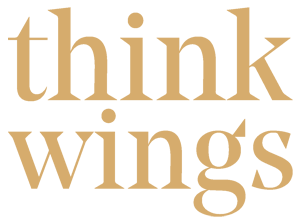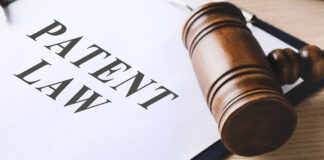Tag: Indian Patents Act
November 17, 2022
Intellectual Property | Patent
Intellectual Property | Patent
Testing a Patent: Opposition and Revocation in India
It is sometimes presumed that the patent application process concludes with the grant of a patent, after it has been successfully prosecuted. Although prosecution examines an application for patentability, its true test arguably comes during the opposition process. ......
September 29, 2022
Intellectual Property | Patent
Intellectual Property | Patent
Getting to Grant: Patent Prosecution in India
Patent prosecution is the centerpiece of the process of obtaining a patent. The proceedings during prosecution serve as important legal guidance on the patentability of the invention, and successful prosecution is key to ensuring that patent rights are protected. ......
August 10, 2022
Intellectual Property | Trademark
Intellectual Property | Trademark
Extraordinary exceptions to deadlines at the Indian Pat...
When hardcoded statutory deadlines are violated, can delays be condoned? This was the central question answered by the Delhi High Court in The European Union Represented by the European Commission vs. Union of India. The court allowed for an extension of a non-extendable statutory deadline in a patent matter because of the exceptional circumstances of the case. ......
August 2, 2022
Intellectual Property | Patent
Intellectual Property | Patent
Do scientific publications exempt patent applications f...
One of the three universal requirements for the grant of a patent is that the patent must be for a new invention. The Indian Patents Act, 1970 (the Act) defines a ‘new invention’ in Section 2(l) as ‘any invention or technology which has not been anticipated by publication in any document or used in the country or elsewhere in the world before the date of filing of patent application with complete specification. ......
June 30, 2022
Intellectual Property | Patent
Intellectual Property | Patent
Sequence Listing in Indian Patent Applications
If a patent application discloses any nucleotide or amino acid sequences, the description of the invention must contain a ‘sequence listing’. A sequence listing is a list of biological sequences using defined terms for certain features. This includes descriptive information about each sequence, which is known as annotations. ......
May 26, 2022
Intellectual Property | Patent
Intellectual Property | Patent
Timelines in prosecuting an Indian patent
The timelines for completing various tasks or submitting various documents in the patent prosecution process differ depending on which stage a patent application is at. The various timelines involved in the grant of an Indian patent. ......
April 6, 2022
Intellectual Property | Patent
Intellectual Property | Patent
Under the skin: Patentability of cosmetic compositions ...
Cosmetic compositions and methods, like any other inventions, are expected to meet the three step requirement of patentability in India before being granted protection under law, i.e., the invention must meet the criteria of “Novelty”, “Inventive step” and “Industrial Application”. ......
February 7, 2022
Intellectual Property | Patent
Intellectual Property | Patent
Patent Claim Drafting: Two-Part Claims and Claim Charac...
At the heart of a patent application lies its claims. A claim is a signifier of the scope of protection that is sought under the patent. Claims are the first and most important aspect to be examined during prosecution, infringement, and litigation. Every patent application must be accompanied by at least one claim, and usually, an application contains several more. ......
January 11, 2022
Intellectual Property | Patent
Intellectual Property | Patent
Greater than the Sum of its Parts: Synergism and the Pa...
This is the second part of a discussion on synergism and the patentability of compositions in India, which details the manner in which patent applications for compositions have been prosecuted by the Indian Patent Office (“IPO”) over the years. The first part describing the ways in which synergistic effect may be demonstrated can be. ......






















